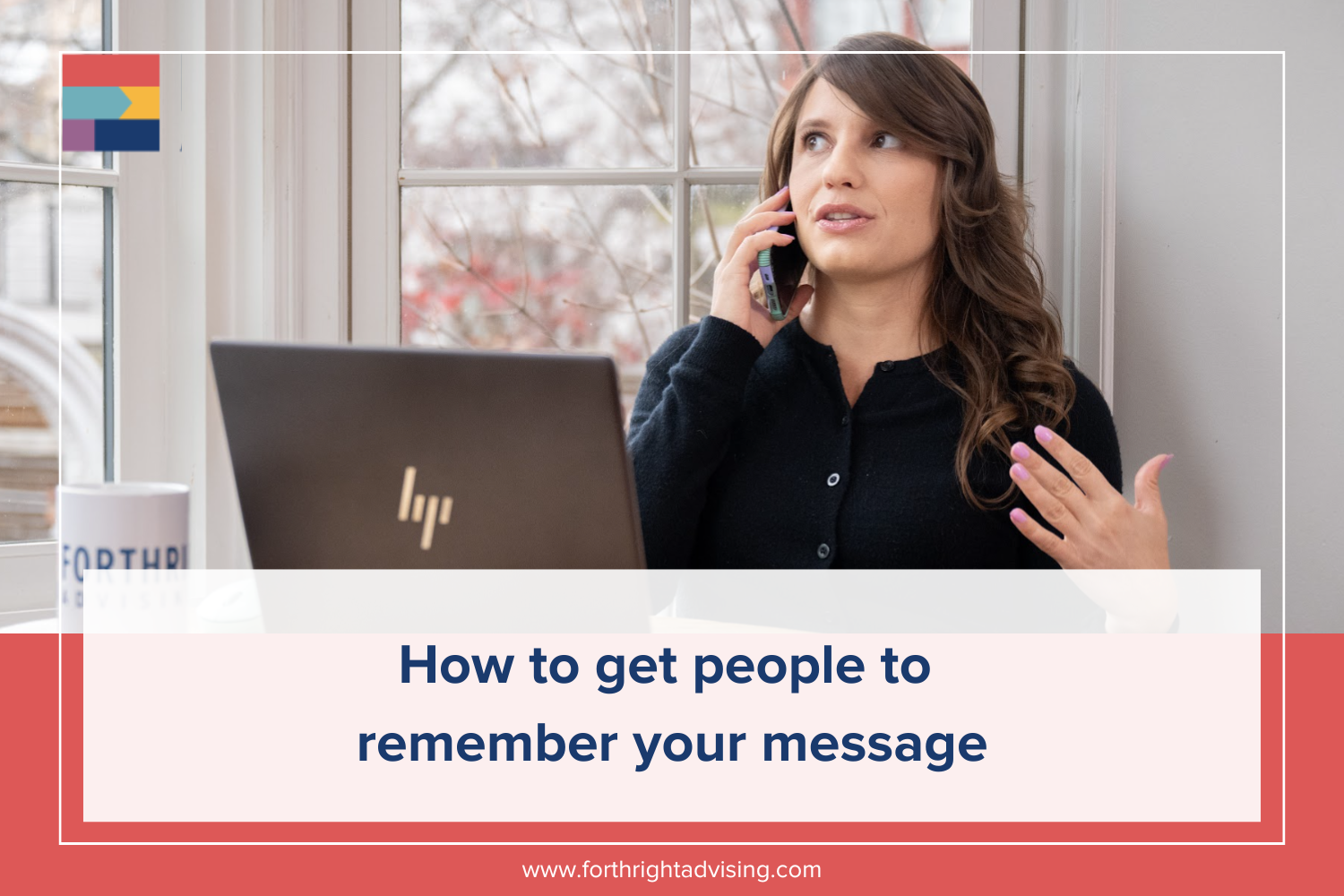6 steps to combat misinformation
Written by Niki Juhasz
Sometimes, I think nostalgically about a simpler time. A time when Joe Rogan was just that dude from Fear Factor – when the most stressful part of social media was choosing the perfect Myspace profile song. Now, communicators like us face disinformation and misinformation spreading through social media, the news and in our communities every day.
We’re sharing a few tips about how to combat this misinformation here.
Why do people believe misinformation?
The first thing we need to understand is what causes people to believe false information. Knowing that context will help us create a solution."
The American Psychological Association (APA) tells us that “we’re less likely to doubt or verify information if it aligns with our worldview.” For example, if someone grew up hearing about the harmful stereotype of “welfare queens” and is already bought into the narrative, they may be more likely to believe false news stories about their county’s Supplemental Nutrition Assistance Program.
Sign up for our email newsletter to receive all of our best ideas, straight to your inbox
The more someone hears or sees false information, the more likely they are to believe it as well. This is called the illusory truth effect. It’s proof that repetition works.
And finally, findings from Cognitive Research: Principles and Implications tell us people are more likely to believe fake news (or fail to spot it as fake) when they are experiencing heightened emotions. For example, fear, anger and uncertainty often lead to believing misinformation.
2023 is the perfect storm of these factors for spreading misinformation. Social media and niche online publications create an echo chamber, and advertising can lead to powerful repetition. COVID-fatigue and high burnout levels also create effective kindling for the spread of misinformation.
So…what can we do about it?
By thinking about *why* people believe misinformation, we can start at the foundation of the problem and decide *how* to change hearts and minds.
Start early. Research from the Journal of Experimental Psychology tells us “the sooner you can nip a new piece of misinformation in the bud, the better.” The moment you know your audience is feeling uncertain about a topic that impacts your work, it’s time to jump into action. Even a simple FAQ, shared on multiple platforms, can help get ahead of a problem.
Listen. WHY does your audience believe the misinformation they are hearing? What are they sharing? Where are they hearing it? Start by trying to understand their worldview and what they value. Use this information to create your strategy moving forward.
Consider your audiences’ emotions. We know that emotion can lead to believing misinformation. For example, uncertainty about COVID-19 vaccines led to misinformation about it impacting fertility. (Or injecting microchips into our bodies? I still don’t get that one.) When you identify what emotion your audience is feeling, you can then meet them where they are. If they are scared, share messaging that helps alleviate fear. If they are mad, let them know that their feelings are valid – and then talk through next steps with them. In many cases, people just want to feel heard.
Focus on the positives. Then, use positive messaging to overcome the misinformation. If you can find a value you both share, even better. For example, focusing on kids getting healthy, nutritious meals may be a better tactic than focusing on the tax increase needed to make this a reality.
Simplify your messaging. Here’s the thing about misinformation. Believing it is EASY. Often, misinformation uses plain language and bold, active claims. Your audience understands the message, they believe the message, it resonates. If they don’t easily understand what you’re saying, there’s no way in heck they will even entertain your message – much less change their opinion. Get rid of that jargon, shorten those sentences and test your messaging.
Repeat, repeat, repeat. We’ve been saying it for years, and the APA backs us up on this. Once you share a message, you are *not done.* Share it once, share it twice, then share it again and again for good measure. This helps people remember your message and overcome the illusory truth effect, too.
This is by no means an exhaustive list to overcoming misinformation, but it is a pretty good start– and (always on brand for us), all backed by data. As communicators, we play an absolutely critical role in ensuring everyone gets correct information when they need it. Keep up the good work, friend.
















